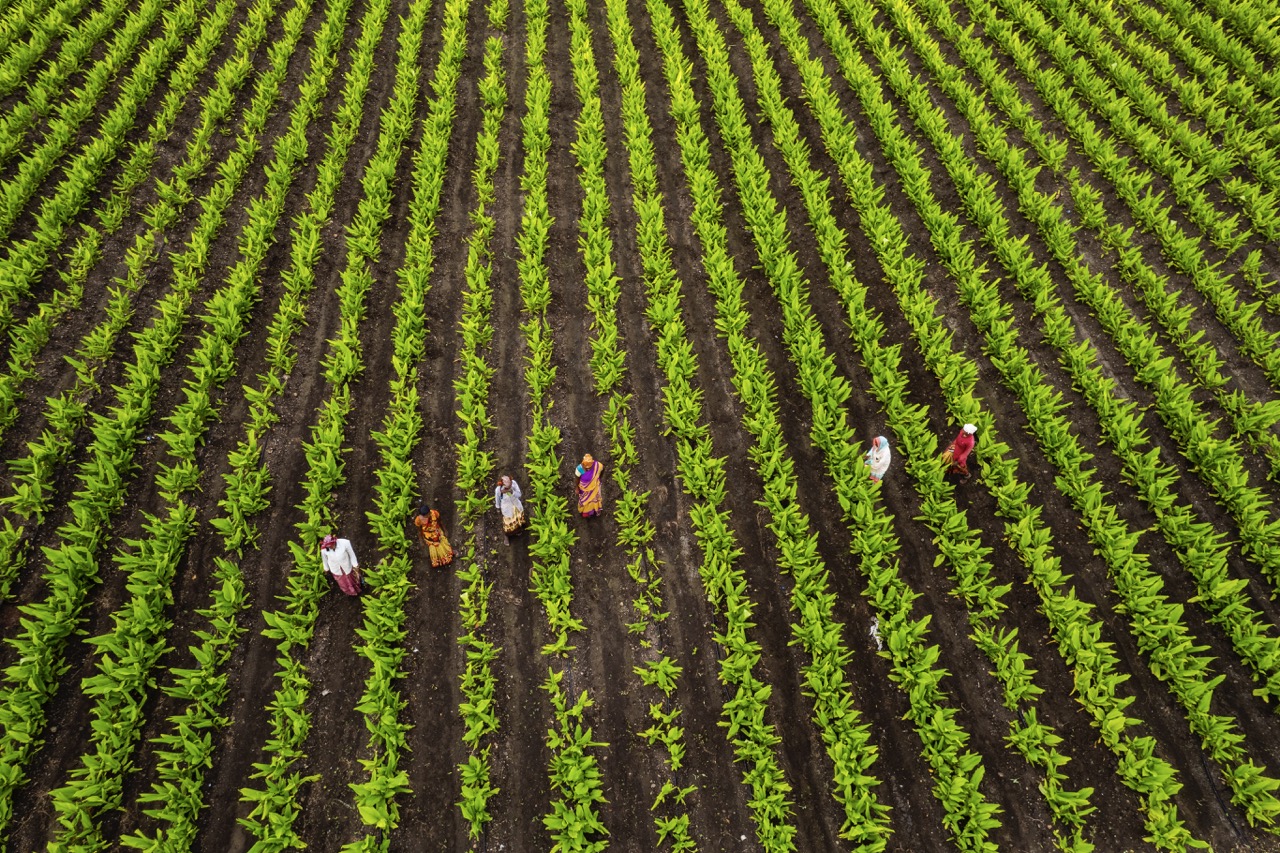As global awareness of climate change intensifies, the agricultural sector stands at a critical juncture. Farmers and agricultural businesses are increasingly recognizing the importance of integrating renewable energy into their operations. By leveraging sustainable energy sources, they can not only reduce their carbon footprint but also improve efficiency and potentially lower operating costs. This article explores the benefits of renewable energy in agriculture, how to select appropriate sources, practical steps for implementation, and ways to overcome challenges during this transition.
Understanding the Benefits of Renewable Energy in Agriculture
The integration of renewable energy in agricultural operations offers numerous benefits. Firstly, utilizing solar, wind, or biomass energy can significantly reduce dependence on fossil fuels, which are not only costly but also subject to volatile market changes. This shift can lead to substantial cost savings over time, allowing farmers to allocate funds towards other critical areas of their operations. Moreover, by embracing renewable energy, farms can enhance their sustainability profile, appealing to an increasingly eco-conscious consumer base.
Secondly, renewable energy sources can improve operational efficiency. For instance, solar panels can power irrigation systems, heating for greenhouses, or refrigeration for produce storage, enabling farms to operate more autonomously. This self-sufficiency not only minimizes energy costs but also ensures that farmers are less vulnerable to energy supply disruptions. Additionally, renewable technologies often come with performance guarantees, providing farmers with a level of reliability that traditional energy sources may not.
Finally, the adoption of renewable energy can yield significant environmental benefits. By decreasing greenhouse gas emissions and reducing reliance on non-renewable resources, farms can contribute to global efforts aimed at combating climate change. Additionally, renewable energy initiatives can foster local biodiversity, promote soil health, and enhance water conservation practices. These ecological improvements not only benefit the planet but can also lead to more resilient agricultural systems that are better equipped to handle the challenges posed by environmental changes.
Selecting the Right Renewable Energy Sources for Farms
Choosing the appropriate renewable energy sources is crucial for maximizing benefits. Solar energy is often the first consideration due to its versatility and decreasing costs. Photovoltaic (PV) systems can be installed on rooftops, barns, or dedicated solar farms, making them an attractive option for many farms. Furthermore, solar energy can be harnessed in various forms, from solar water heating to solar-powered irrigation systems. For regions with consistent wind patterns, wind energy can also be a viable option, harnessing natural currents to generate electricity for farm operations.
Biomass energy is another renewable source worth considering, particularly for livestock operations. Farmers can utilize agricultural waste, such as manure and crop residues, to produce biogas through anaerobic digestion. This biogas can then be converted into electricity or heat, providing a continuous energy supply while simultaneously managing waste. However, it is essential to evaluate the availability of feedstocks and the technology required for biomass energy production, as these factors can impact feasibility and efficiency.
Lastly, geothermal energy may be a suitable solution for farms located in geothermal hotspots. It provides a consistent source of heat energy that can be used for greenhouse heating, soil warming, and other applications. While the initial investment in geothermal systems can be high, their long-term benefits can outweigh costs, particularly in regions with harsh climates. Ultimately, selecting renewable energy sources should involve a thorough assessment of the farm’s specific needs, available resources, and local environmental conditions to ensure the most effective implementation.
Implementing Renewable Energy Solutions: Practical Steps
Once the right renewable energy source is identified, farmers can begin the implementation process by conducting a comprehensive energy audit. This audit will help identify current energy consumption patterns and determine how much renewable energy is needed to meet operational demands. Understanding these patterns allows farmers to design systems that maximize efficiency and ensure that renewable energy solutions are tailored to their unique requirements.
Following the energy audit, farmers should consider engaging with local renewable energy experts or consultants. These professionals can provide valuable insights into the best technologies available and assist with system design, permitting, and installation. Collaboration with experienced partners can significantly reduce the learning curve and help farmers avoid common pitfalls associated with renewable energy projects. Furthermore, exploring partnerships with local universities or agricultural extension services can foster innovation and knowledge sharing.
Financing is a critical component of implementing renewable energy solutions. Farmers should investigate available grants, incentives, and financing options from government programs, non-profits, and private institutions. Many regions offer tax credits or rebates for renewable energy installations, which can substantially lower upfront costs. Additionally, establishing a clear financial plan that considers the return on investment can help ensure the long-term viability of renewable energy projects, making them more attractive to stakeholders and investors.
Overcoming Challenges in Transitioning to Sustainable Practices
Transitioning to renewable energy in agricultural operations is not without its hurdles. One of the primary challenges is the initial capital investment required for infrastructure development. Many farmers may struggle to afford the upfront costs associated with solar panels, wind turbines, or biomass facilities, especially if they face tight profit margins or uncertain economic conditions. To address this, farmers can consider phased implementation, where they gradually adopt renewable technologies, or seek financial assistance through loans, grants, or crowdfunding campaigns.
Another significant challenge is the lack of knowledge and expertise in renewable energy technologies. Many farmers may feel overwhelmed by the plethora of options available or unsure of how to maintain and operate these systems effectively. Educational programs and workshops focused on renewable energy can help bridge this knowledge gap, equipping farmers with the necessary skills to navigate the transition. Furthermore, connecting with local agricultural cooperatives or energy associations can provide access to resources and support, facilitating a smoother transition.
Lastly, regulatory barriers can impede the adoption of renewable energy solutions in farming. Farmers must navigate various local, state, and federal regulations related to energy production, land use, and environmental impact. Engaging with policymakers and advocacy groups can help farmers better understand these regulations and work towards more favorable policies that support renewable energy initiatives in agriculture. By addressing these challenges proactively, farmers can transition to sustainable practices effectively and make meaningful contributions to environmental stewardship.
Incorporating renewable energy into agricultural operations is not merely a trend; it is a necessary shift towards a more sustainable future. By understanding the benefits, selecting appropriate energy sources, implementing practical solutions, and overcoming challenges, farmers can enhance their operations while contributing to environmental conservation. As the agricultural sector faces increasing pressures from climate change and resource depletion, the adoption of renewable energy offers a viable path forward, ensuring that farms can thrive in a world that prioritizes sustainability.










